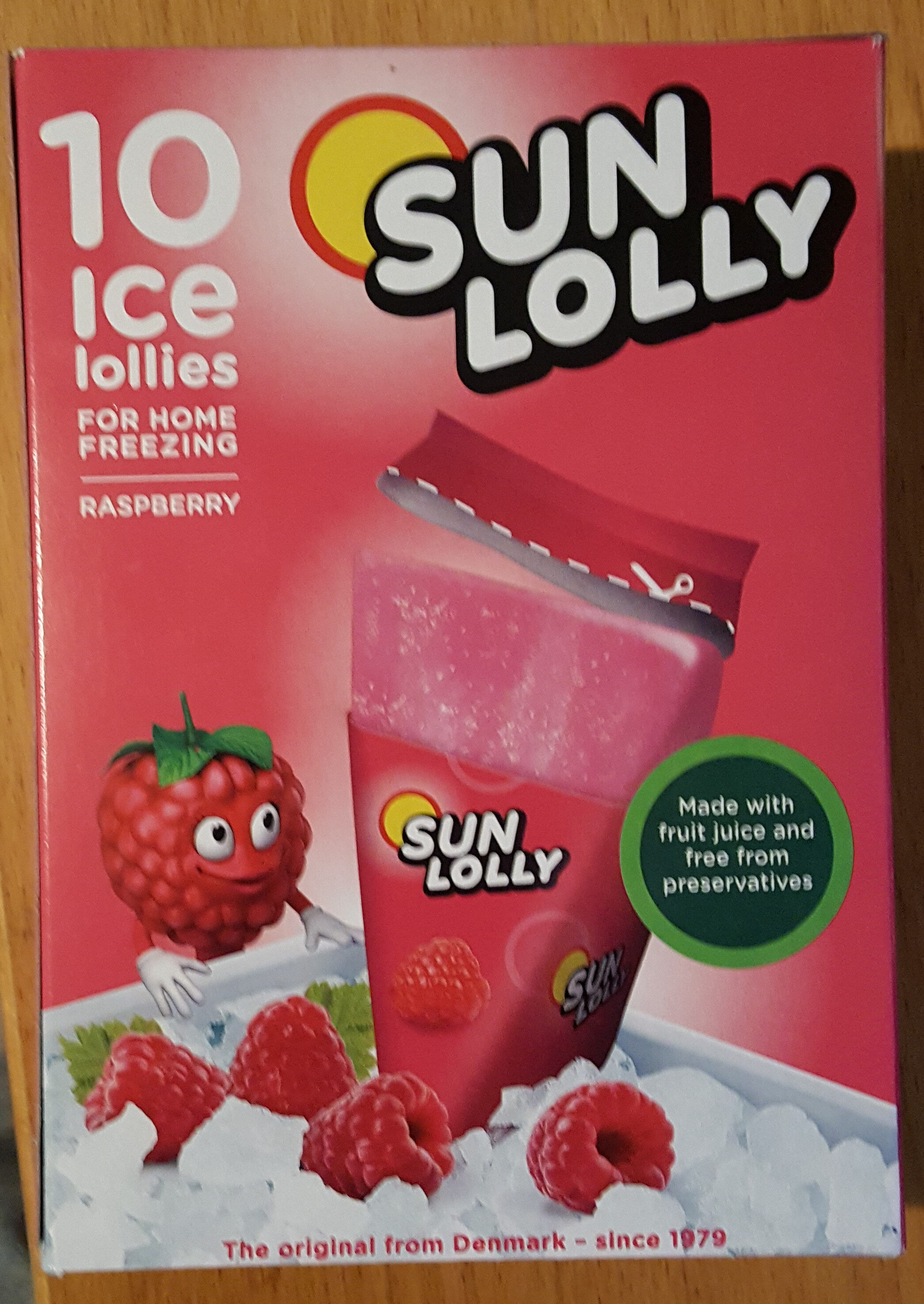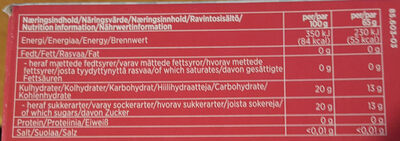SUN LOLLY - 600 ml
This product page is not complete. You can help to complete it by editing it and adding more data from the photos we have, or by taking more photos using the app for Android or iPhone/iPad. Thank you!
×
Barcode: 5775345856036 (EAN / EAN-13)
Common name: Ice lollies for home freezing with Raspberry flavour.
Quantity: 600 ml
Packaging: Tetra Pak
Brands: SUN LOLLY
Categories: Desserts, Frozen foods, Frozen desserts, Ice pops
Labels, certifications, awards: Pasteurized
Manufacturing or processing places: Denmark
Link to the product page on the official site of the producer: https://www.sunlolly.com/taste-the-famil...
Stores: Coop
Countries where sold: Sweden
Matching with your preferences
Environment
Carbon footprint
Packaging
Transportation
Report a problem
Data sources
Product added on by akitainu
Last edit of product page on by packbot.
Product page also edited by inf, openfoodfacts-contributors.










